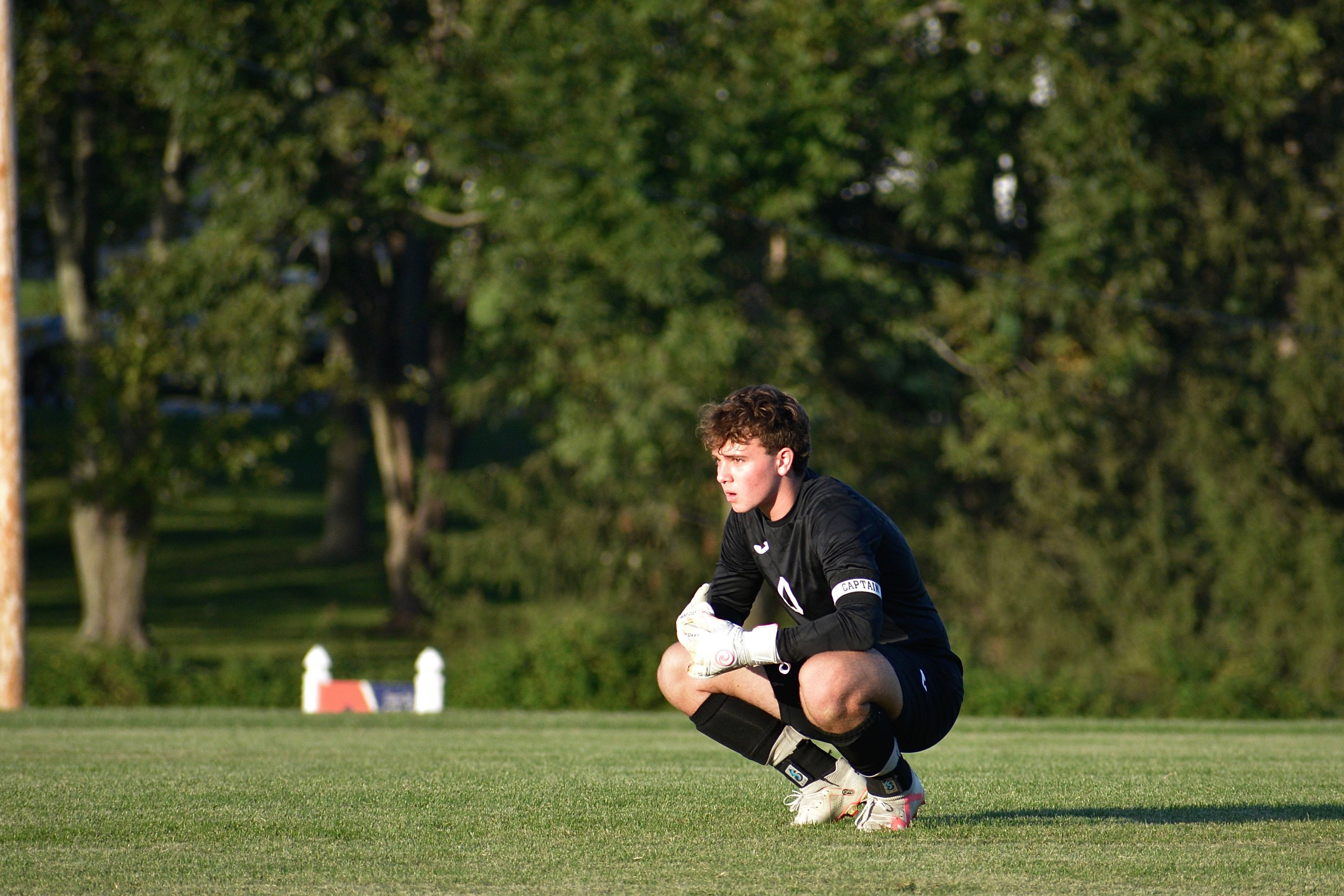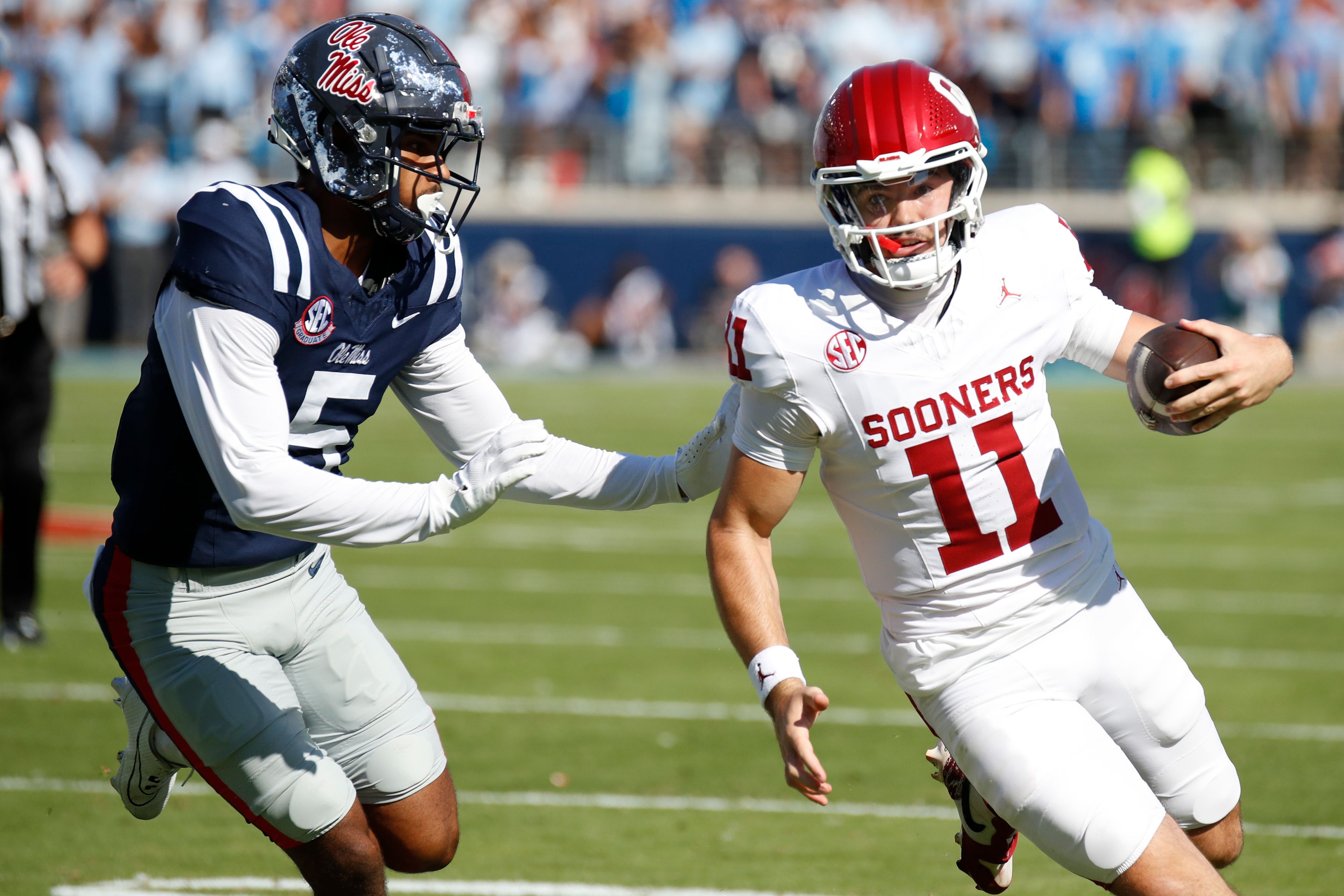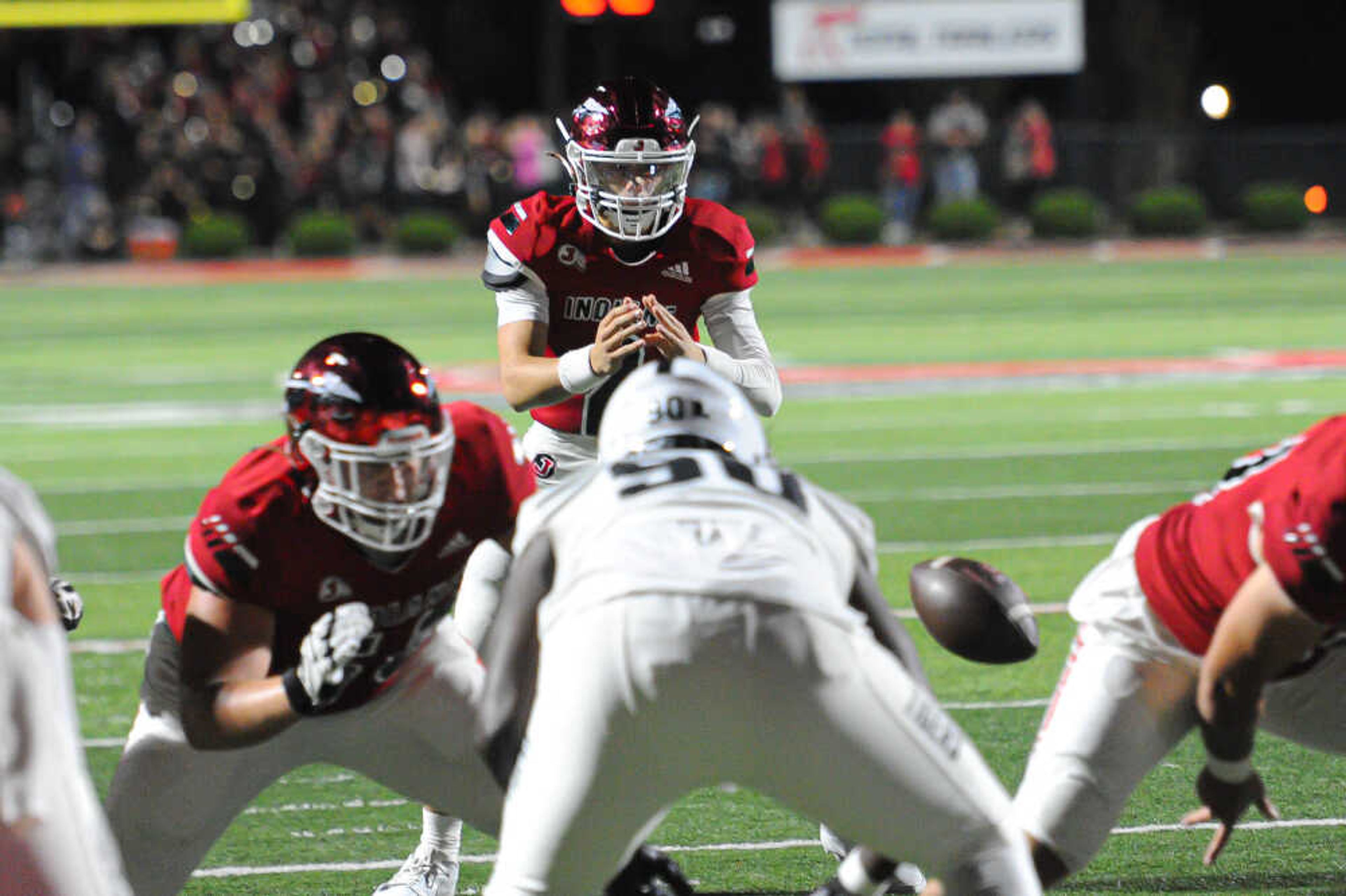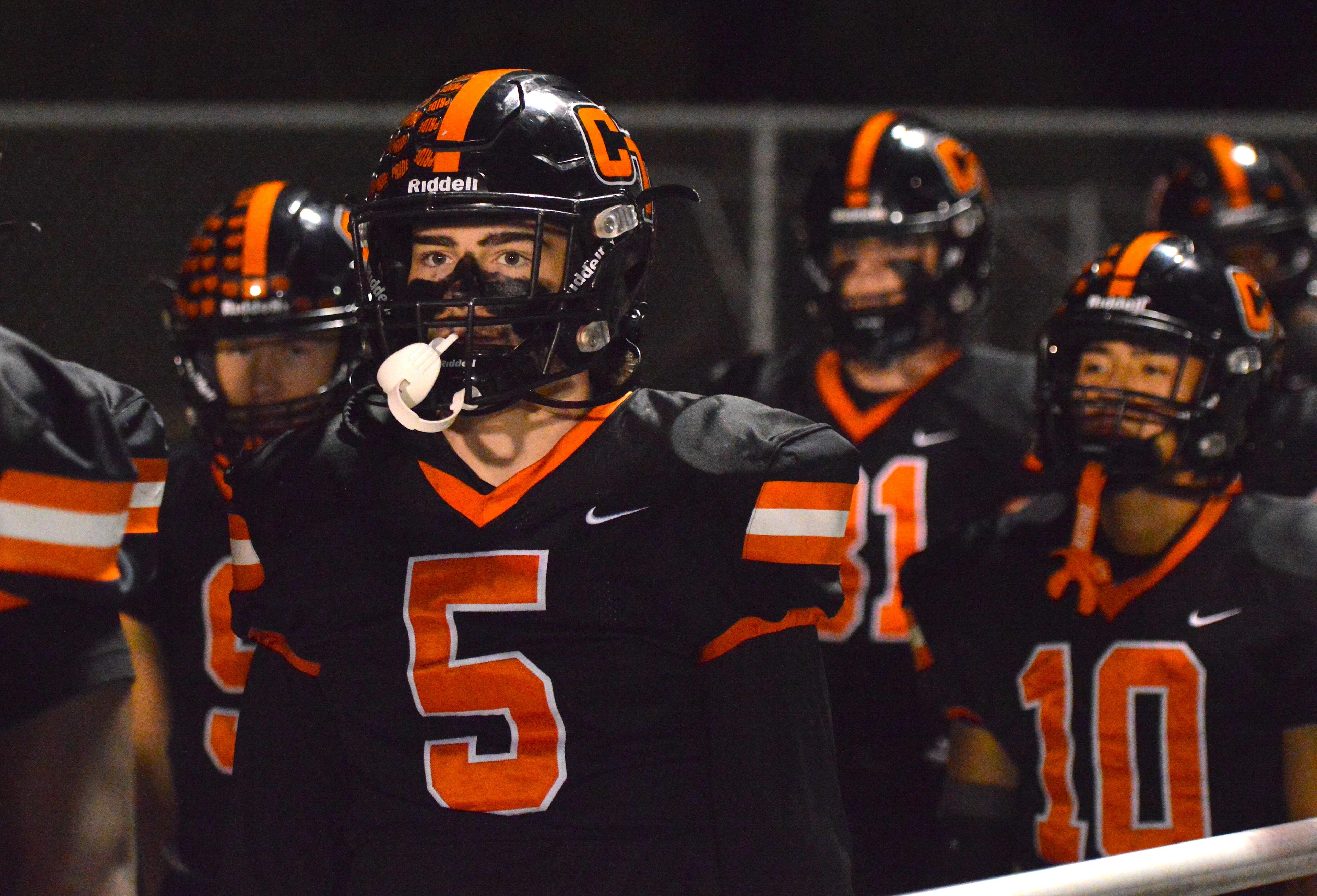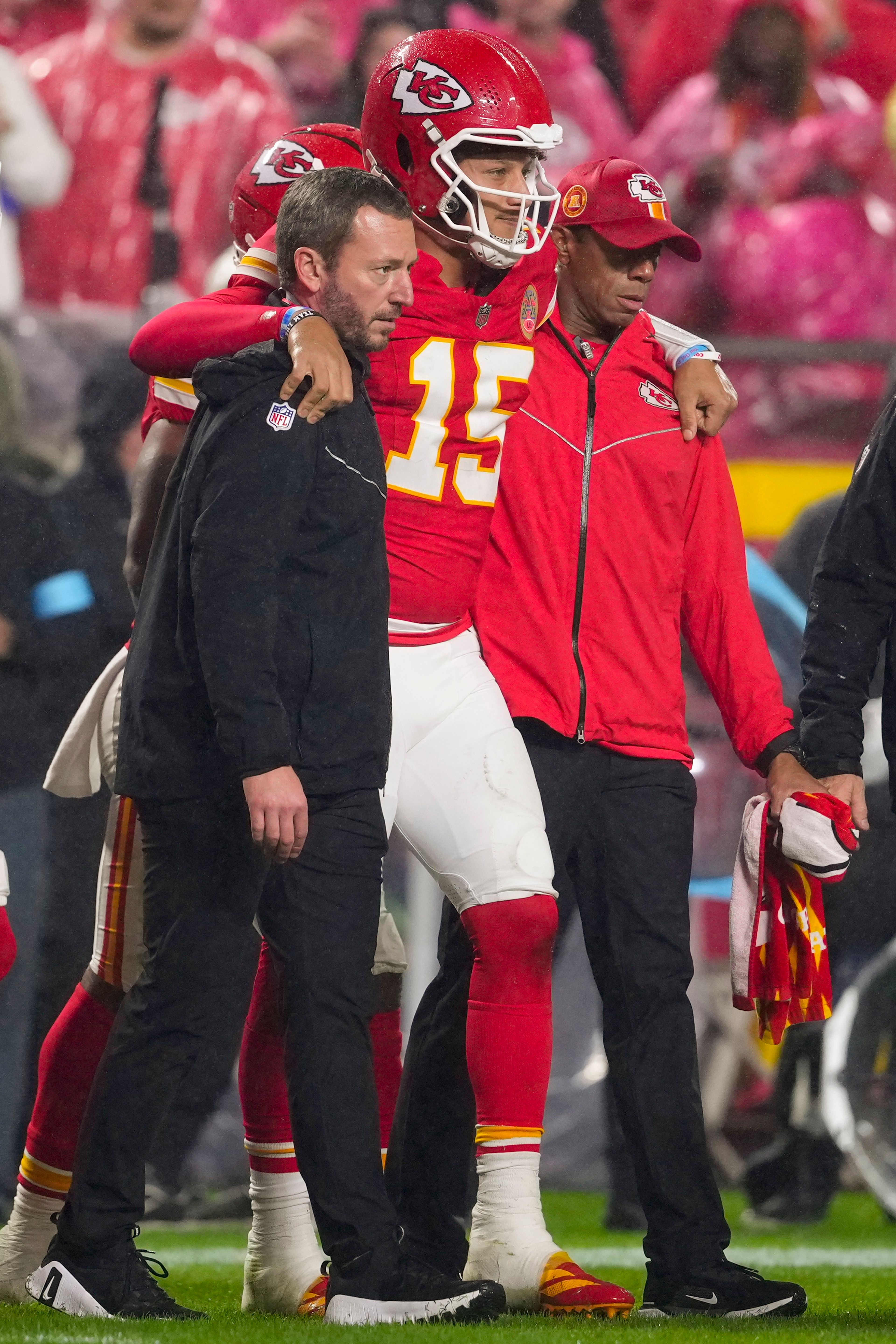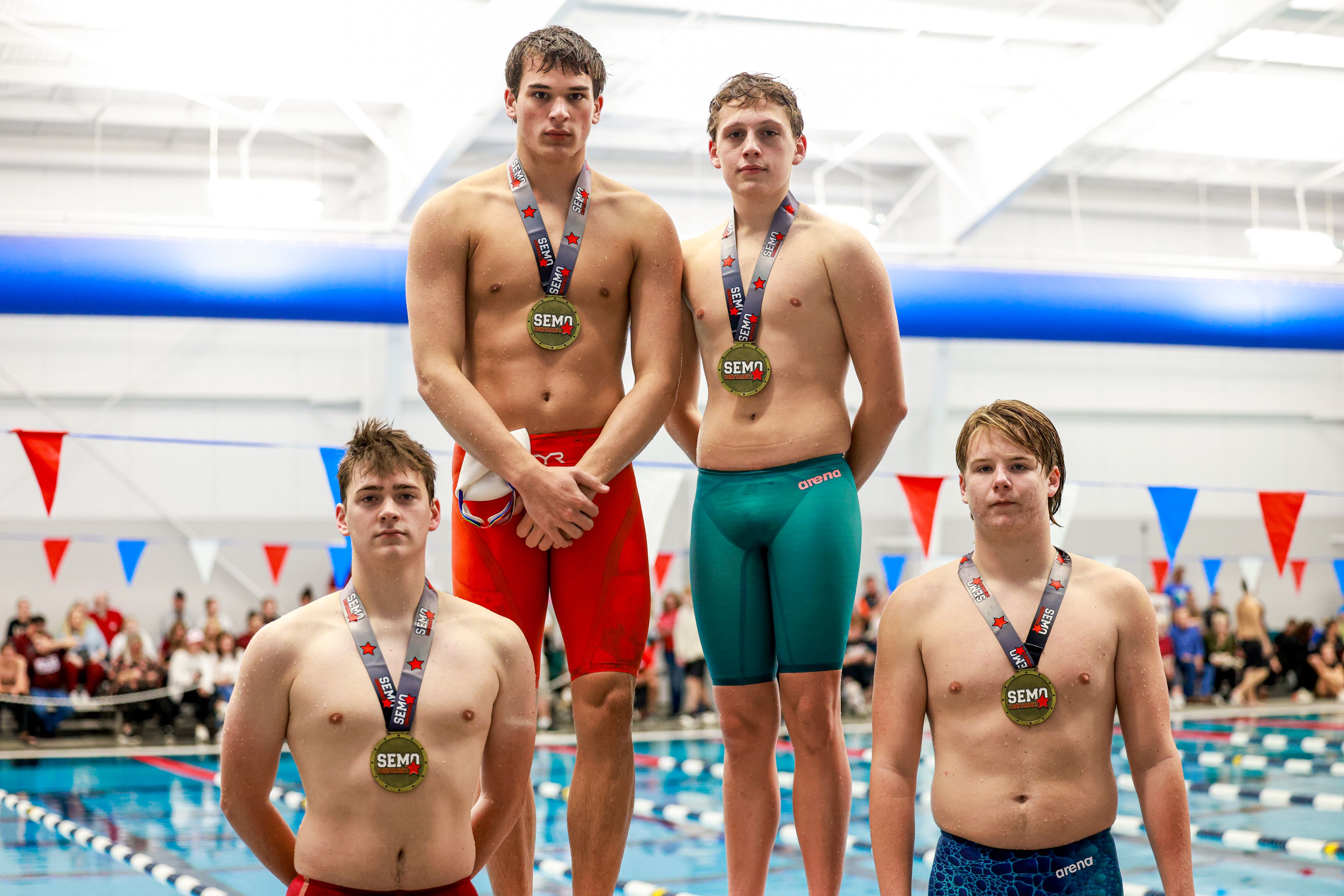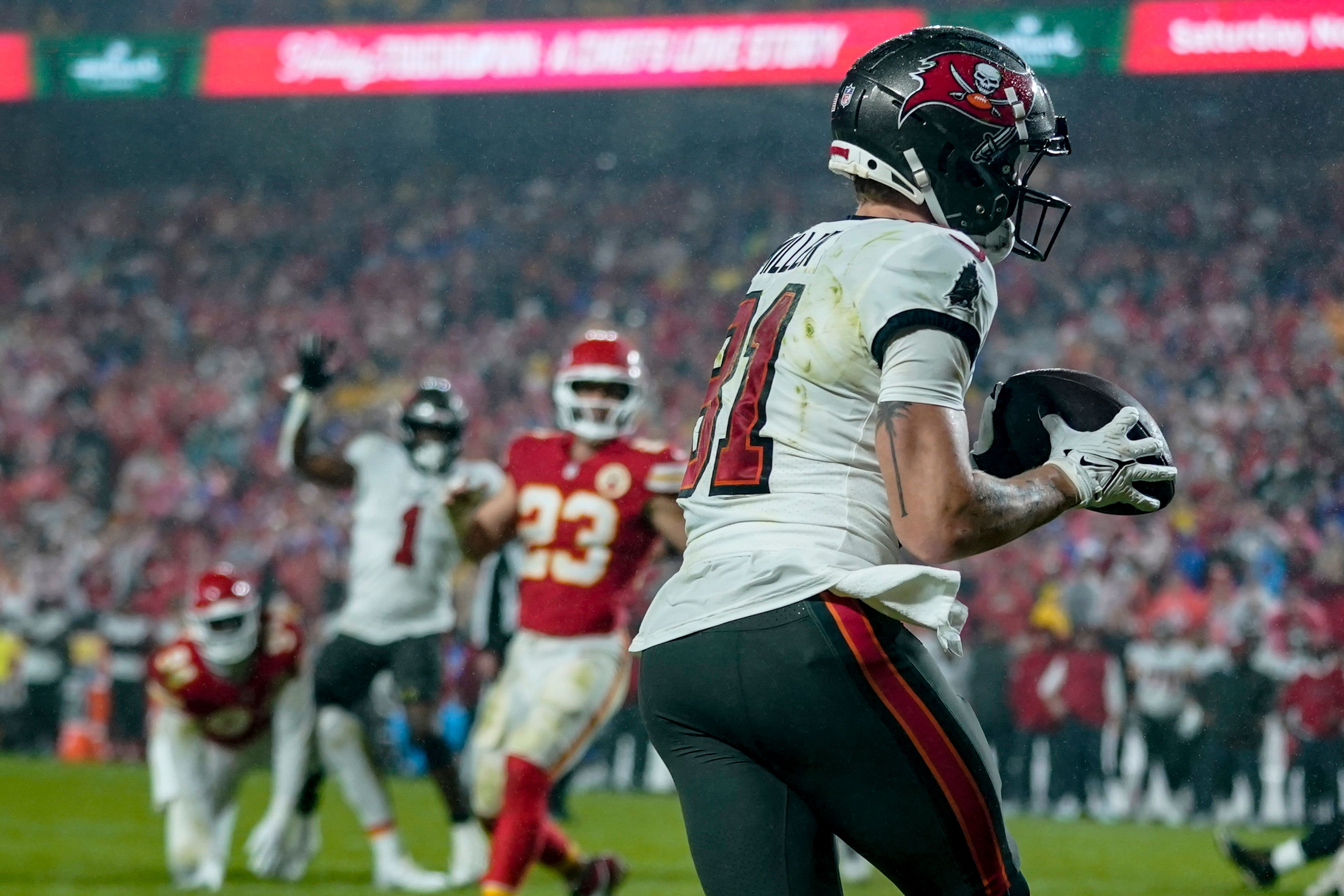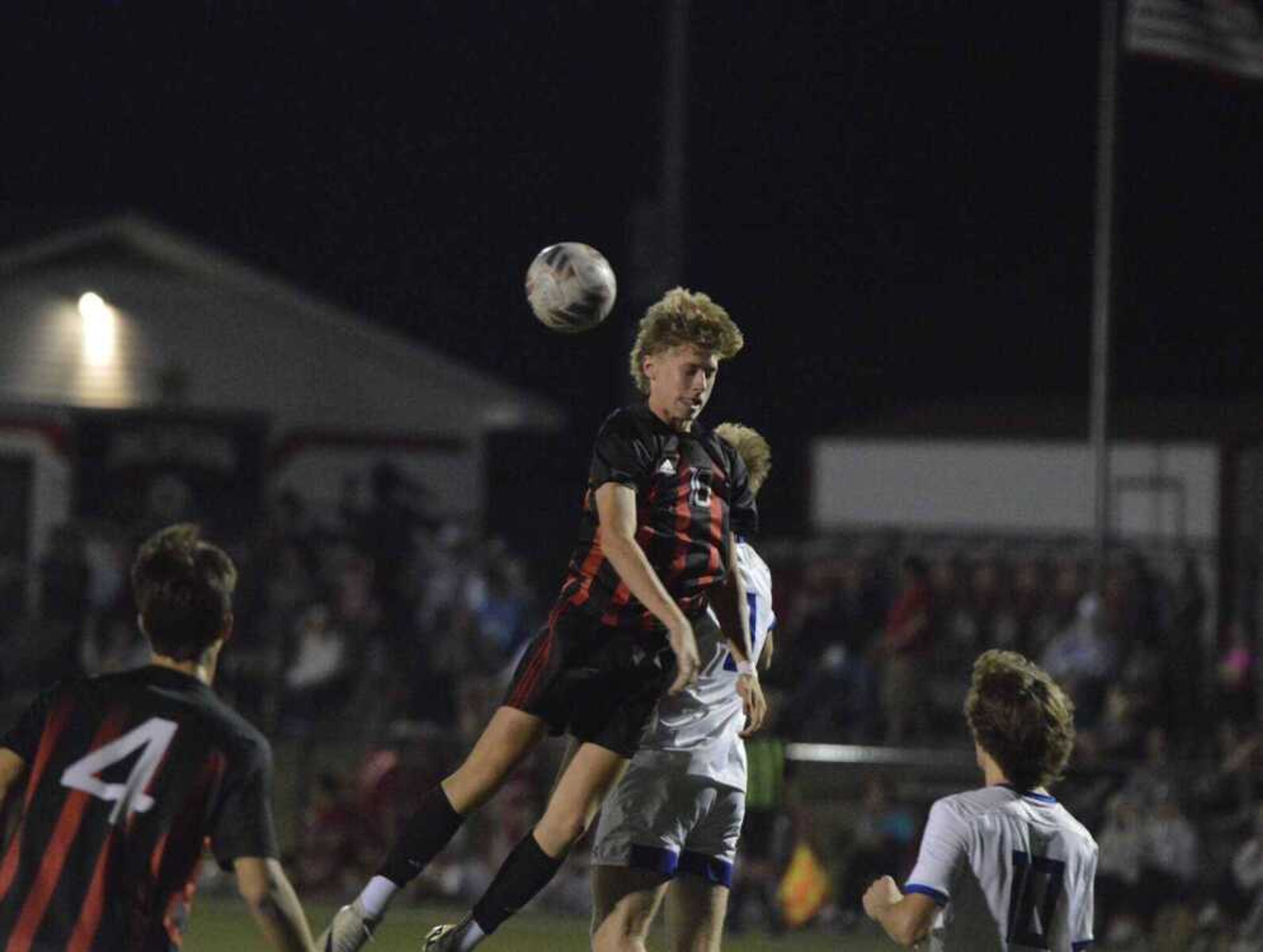Darlington changes everything but track
DARLINGTON, S.C. -- A lot has changed at Darlington Raceway since NASCAR's first paved speedway was opened in 1950. What was the backstretch is now the frontstretch, the signature grandstand roof is gone, the traditional Labor Day Weekend Southern 500 is only a memory and the cars now run under the lights. Even the blacktop racing surface that gave the track one of its nicknames -- The Lady in Black -- has faded to gray...
DARLINGTON, S.C. -- A lot has changed at Darlington Raceway since NASCAR's first paved speedway was opened in 1950.
What was the backstretch is now the frontstretch, the signature grandstand roof is gone, the traditional Labor Day Weekend Southern 500 is only a memory and the cars now run under the lights. Even the blacktop racing surface that gave the track one of its nicknames -- The Lady in Black -- has faded to gray.
About the only thing that remains the same is that racing on the narrow 1.366-mile, egg-shaped oval is just as difficult and demanding as it was 55 years ago.
"I love racing here," said Jeff Gordon, who has won six Darlington races. "I can remember the first time that I raced here in a Busch car, thinking this place was so cool. It was fast and you were right up next to the wall. It reminded me of racing Sprint cars at Winchester (Ind.) for the first time.
"You tell yourself over and over to stay out of the wall, but you are pushing the limits of the car, and those two don't mix. That's what makes this track, without a doubt, the most difficult track to race on the circuit."
Local businessman Harold Brasington came up with what was then considered the crazy notion of turning a cotton and peanut field in rural South Carolina into a racetrack to rival the Indianapolis Motor Speedway and give fledgling NASCAR a modern showplace.
The shape of the track was dictated by Brasington's tract of land and a neighboring landowner's fishing pond. That pinched the original turns three and four and led to the famed "Darlington Stripes," the scrape marks left on the cars from banging off the steel guardrails on the narrow turns.
Those guardrails are gone now, too, long ago replaced by safer concrete walls and, more recently, the energy-absorbing SAFER Barriers that have narrowed the tight track even more. Most of the cars still end the day with their quarterpanels streaked with scrapes, dents and black tire marks.
"The track configuration is very unorthodox," said Dale Earnhardt Jr., whose father and grandfather both raced at Darlington, also known as The Track Too Tough to Tame.
"Looking at it from the grandstands, or even an aerial view, it would look pretty easy to drive, but it ain't easy at all," Junior said. "Even with a good car, even the best car, you still feel like it ain't that great."
While all the physical changes have been going on at Darlington, the stock car sport has also changed, moving into gleaming new Taj Mahals of racing in nontraditional places like Texas, Las Vegas and California, with seating capacities far exceeding Darlington's 70,000.
Darlington is one of the tracks that has suffered most from that expansion, already losing one of its two Nextel Cup races, as well as its traditional early September spot on the schedule, to California Speedway.
With more of the newer tracks clambering for a second race and few open weekends remaining, NASCAR agreed to move Darlington's remaining event, the Dodge Charger 500, to Mother's Day weekend, generally an untouchable open date, along with Easter weekend.
Surprising many people, Saturday's race, the first Cup event at Darlington scheduled entirely at night, is sold out -- only the second sellout at the track since 1997.
"The response has been gratifying," said Chris Browning, who moved to Darlington as track president after his North Carolina Motor Speedway in nearby Rockingham, N.C., lost both of its Cup races and went out of business in 2004. "We believe the way the fans have accepted this change is a good indication that the future of Darlington is brighter than a lot of people think."
Another driver happy that Darlington is likely to stick around for at least a few more years is Jimmie Johnson, the current series points leader and the driver who swept both Cup races here last year.
Johnson, who drives a car co-owned by friend and Hendrick Motorsports teammate Gordon, loves the grand old track and understands its place in the sport's history.
"To be able to win a race at Darlington is a huge accomplishment," Johnson said. "Personally, I know that it doesn't have the luster of the Daytona 500 or some of the other races from an outsider's standpoint. But, when you leave this racetrack, and you know that you won and you are the guy that everybody chased, it means a lot. It's top of the list."
The race here last fall, the last Southern 500, started in late afternoon sunshine and was concluded under the then-new lights, challenging the teams with constantly changing track conditions. This one is scheduled to start at 7:10 p.m., with less than an hour of sun remaining.
"It will be a lot more fun," Earnhardt said, noting the drivers won't be blinded at the start by the late afternoon sun. "The track will be a lot cooler with it starting later, so there will be a lot more grip. I'm looking forward to it."
Connect with the Southeast Missourian Newsroom:
For corrections to this story or other insights for the editor, click here. To submit a letter to the editor, click here. To learn about the Southeast Missourian’s AI Policy, click here.
